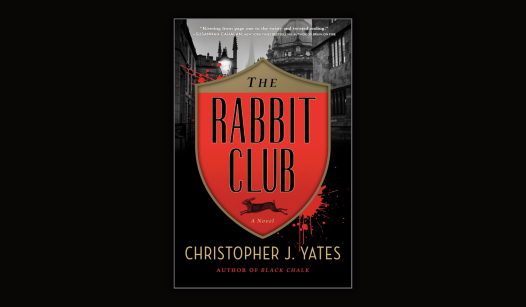The Rabbit Club, with its intriguing and extravagant storyline, stands out as a compelling narrative that captures the essence of life at Oxford University. Unlike other portrayals, such as My Oxford Year, which often veer into the realm of fantasy, The Rabbit Club delivers a refreshingly authentic depiction of the experiences and culture that define this prestigious institution.
Set against the backdrop of Oxford’s historic architecture and vibrant student life, The Rabbit Club immerses readers in the university’s unique atmosphere. The characters are not just figments of imagination; they embody the diverse and dynamic student body that thrives within the university’s walls. From late-night debates in the common room to the exhilarating rush of exams, the novel encapsulates the highs and lows of student life, making it relatable for anyone who has walked the cobbled streets of Oxford.
One of the strengths of The Rabbit Club is its ability to weave personal stories with broader themes of ambition, friendship, and the pursuit of knowledge. The narrative explores the challenges faced by students as they navigate their academic paths while also forming lasting relationships. This blend of personal and collective experiences resonates with readers, drawing them into a world where the stakes are high, and the rewards can be life-changing.
Moreover, the book doesn’t shy away from addressing the complexities of university life. It tackles issues such as mental health, social pressures, and the impact of socioeconomic backgrounds on the student experience. By presenting these challenges in a nuanced manner, The Rabbit Club offers a more comprehensive understanding of what it truly means to be a student at Oxford.
In contrast to other portrayals that may romanticize the university experience, The Rabbit Club maintains a balanced perspective. It acknowledges the beauty of Oxford while also highlighting the struggles that come with rigorous academic demands and the pressures of social life. This authenticity is what sets it apart and makes it a valuable addition to the literary landscape surrounding Oxford.
The writing style is engaging and accessible, allowing readers to immerse themselves in the story without feeling overwhelmed by academic jargon. The author’s ability to blend humor with poignant moments creates a narrative that is both entertaining and thought-provoking. Readers will find themselves laughing at the relatable antics of the characters while also reflecting on the deeper messages woven throughout the plot.
In conclusion, The Rabbit Club is more than just a novel about university life; it is a celebration of the rich tapestry of experiences that define Oxford. With its authentic portrayal of the student experience, it invites readers to reflect on their own journeys, making it a must-read for anyone interested in the complexities of academia and the bonds formed during this transformative period. Whether you are a current student, an alumnus, or simply someone intrigued by the allure of Oxford, The Rabbit Club offers a narrative that resonates on multiple levels, ensuring its place as a significant work in contemporary literature.
